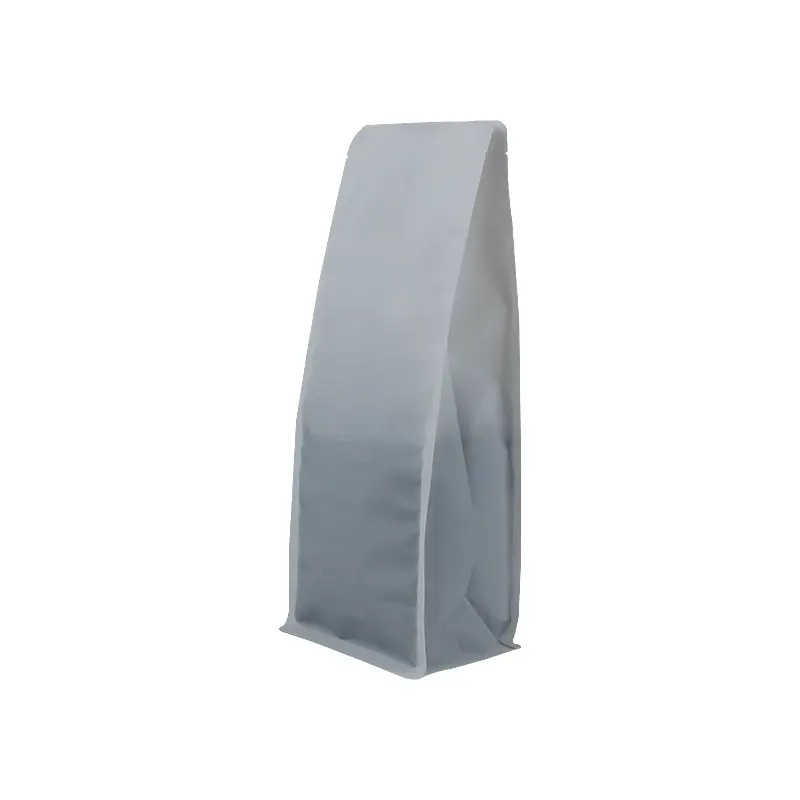- Afrikaans
- Albanian
- Amharic
- Arabic
- Armenian
- Azerbaijani
- Basque
- Belarusian
- Bengali
- Bosnian
- Bulgarian
- Catalan
- Cebuano
- chinese_simplified
- chinese_traditional
- Corsican
- Croatian
- Czech
- Danish
- Dutch
- English
- Esperanto
- Estonian
- Finnish
- French
- Frisian
- Galician
- Georgian
- German
- Greek
- Gujarati
- haitian_creole
- hausa
- hawaiian
- Hebrew
- Hindi
- Miao
- Hungarian
- Icelandic
- igbo
- Indonesian
- irish
- Italian
- Japanese
- Javanese
- Kannada
- kazakh
- Khmer
- Rwandese
- Korean
- Kurdish
- Kyrgyz
- Lao
- Latin
- Latvian
- Lithuanian
- Luxembourgish
- Macedonian
- Malgashi
- Malay
- Malayalam
- Maltese
- Maori
- Marathi
- Mongolian
- Myanmar
- Nepali
- Norwegian
- Norwegian
- Occitan
- Pashto
- Persian
- Polish
- Portuguese
- Punjabi
- Romanian
- Russian
- Samoan
- scottish-gaelic
- Serbian
- Sesotho
- Shona
- Sindhi
- Sinhala
- Slovak
- Slovenian
- Somali
- Spanish
- Sundanese
- Swahili
- Swedish
- Tagalog
- Tajik
- Tamil
- Tatar
- Telugu
- Thai
- Turkish
- Turkmen
- Ukrainian
- Urdu
- Uighur
- Uzbek
- Vietnamese
- Welsh
- Bantu
- Yiddish
- Yoruba
- Zulu
Innovative Approaches for Enhancing Front Cutting Techniques in Manufacturing
The Significance of Front Cutting in Modern Manufacturing
In the realm of modern manufacturing, the term front cutting has become increasingly significant as industries strive for efficiency, precision, and innovation. Front cutting refers to a variety of techniques and processes used to remove material from the leading edge of an object, often to enhance its shape, functionality, or fit within a larger assembly. This method is particularly relevant in sectors such as automotive, aerospace, and consumer electronics, where high standards for quality and performance are paramount.
One of the primary advantages of front cutting is the precision it offers. Traditional manufacturing techniques, such as casting or forging, may not provide the necessary accuracy required for today's sophisticated designs. With front cutting processes like CNC (Computer Numerical Control) machining, manufacturers can achieve tolerances within microns. This level of precision is crucial not only for ensuring that the components fit together seamlessly but also for optimizing performance and minimizing wear.
Moreover, front cutting allows for the effective use of materials, reducing waste significantly
. In manufacturing, material costs can be high, and any reduction in waste translates to better profitability. Techniques such as laser cutting or waterjet cutting enable manufacturers to create intricate designs with minimal leftover material. This efficiency not only improves the bottom line but also aligns with sustainable practices, as less waste contributes to a reduced environmental impact.front cut

The versatility of front cutting techniques is another vital aspect of its growing importance. Whether the task involves shaping metal, plastics, or composite materials, different front cutting methods can be adapted to fit the material properties and desired outcomes. For example, while diamond-tipped tools may be used for cutting ceramics, high-speed steel tools may be preferred for softer metals. This adaptability allows engineers and designers to pursue innovative solutions without being limited by the processing capabilities.
Additionally, front cutting is integral to the trend of rapid prototyping. In a market that demands quick turnaround times and frequent design iterations, manufacturers need to be able to produce prototypes efficiently. Front cutting processes facilitate this by allowing for rapid adjustments and modifications to designs without the long lead times associated with more traditional manufacturing methods. As a result, companies can test and refine their products more effectively, leading to faster time-to-market.
Furthermore, the integration of advanced technologies in front cutting is transforming how industries approach manufacturing. Automation, artificial intelligence, and machine learning are becoming increasingly prevalent in the field, allowing for greater monitoring, control, and optimization of the front cutting processes. These technologies can enhance production rates, improve consistency, and reduce human error, all of which are critical for maintaining high-quality standards in competitive markets.
In conclusion, front cutting plays a pivotal role in modern manufacturing, offering precision, efficiency, versatility, and adaptability. As industries continue to evolve, the importance of advanced manufacturing techniques, like front cutting, will only increase. By embracing these methods, companies can meet the demands of the market while also committing to sustainability and innovation. As we look to the future, the optimization and refinement of front cutting techniques will undoubtedly pave the way for a new era of manufacturing excellence.













